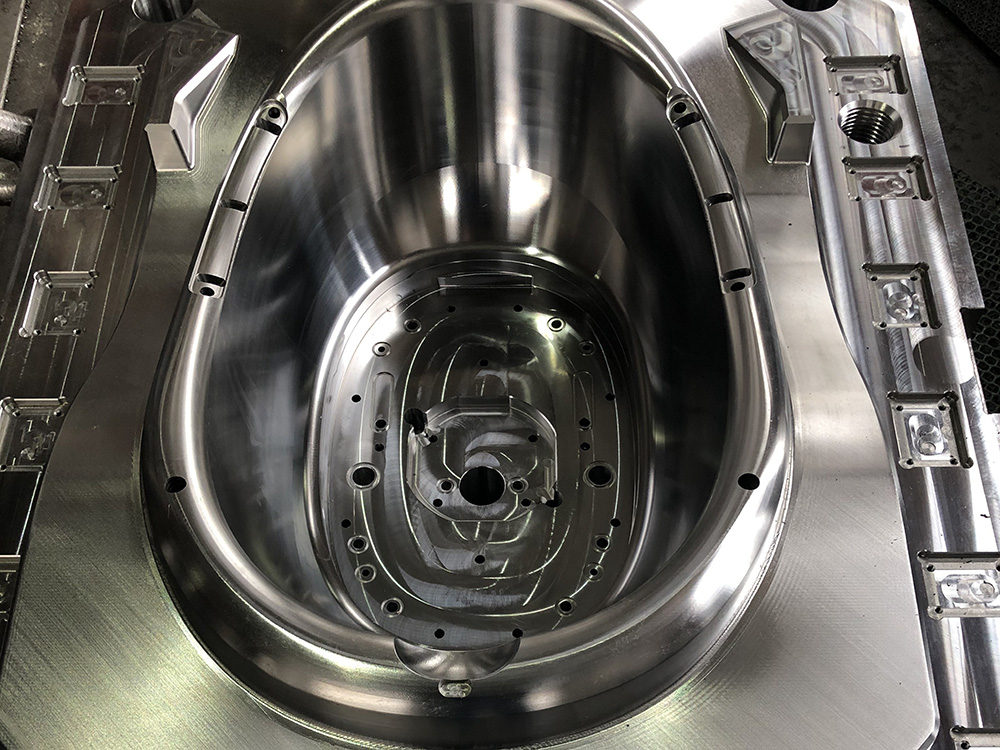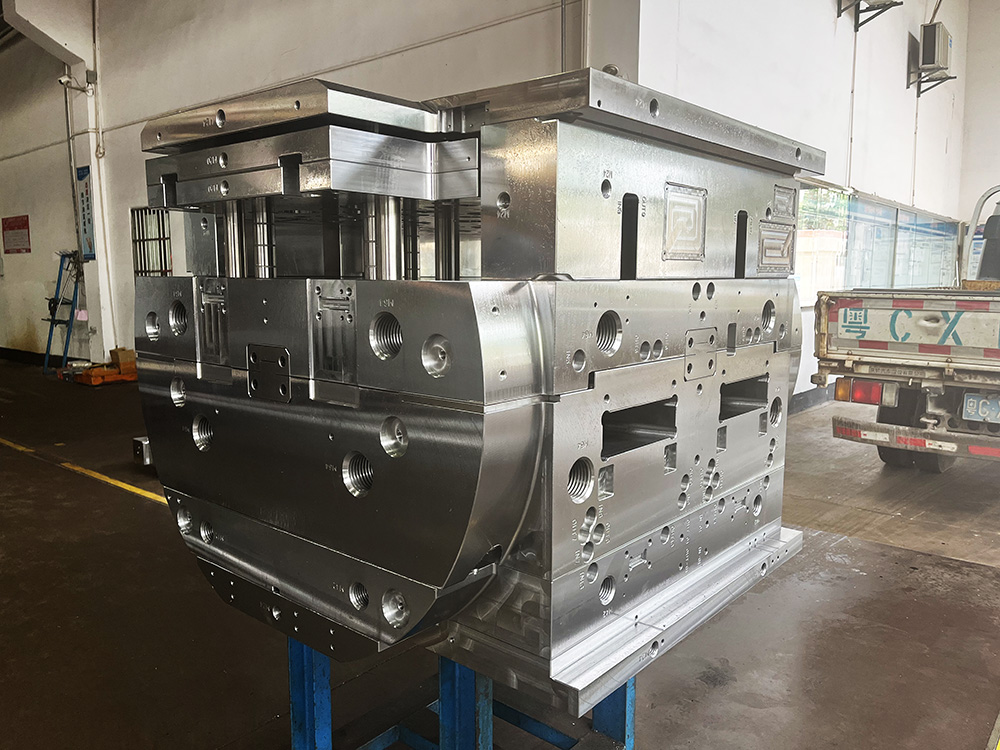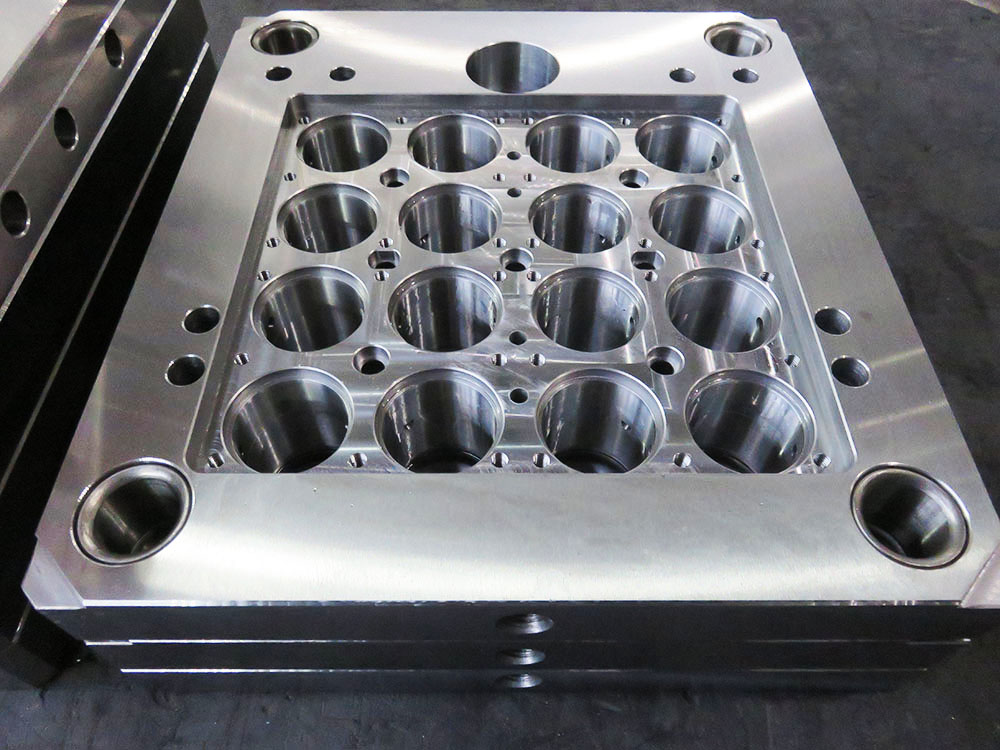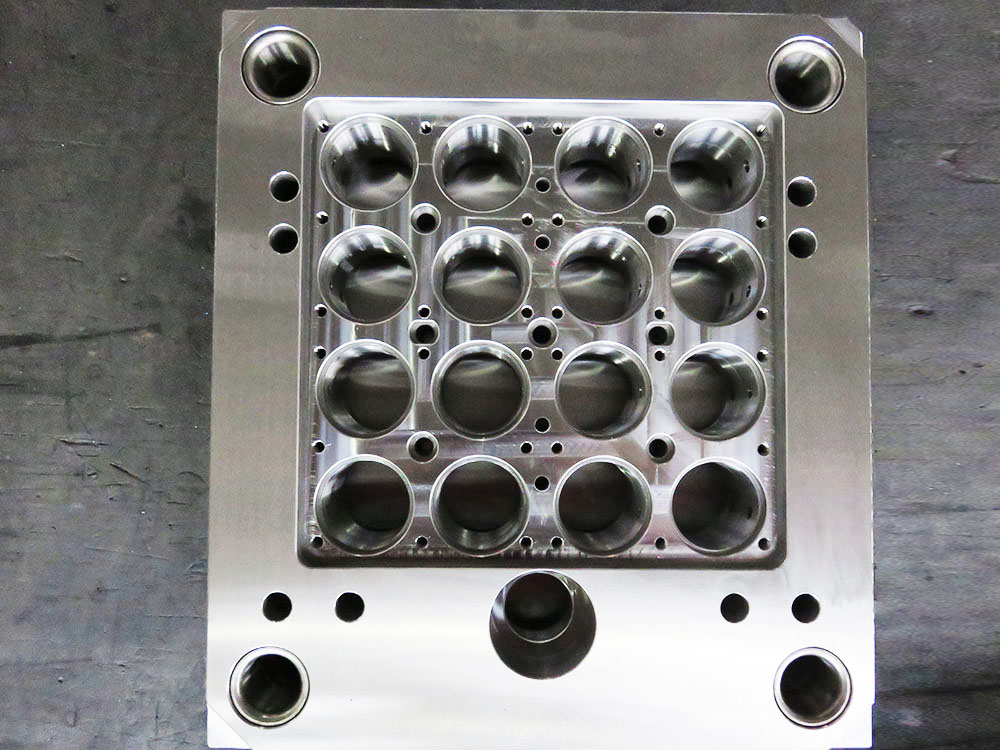How to Localize CimatronE10 Library in the Mold Base Industry
In the mold base industry, CimatronE10 Library plays a crucial role in streamlining the design and manufacturing processes. To maximize its potential and ensure optimal performance, it is essential to localize the library. In this article, we will discuss the steps involved in localizing CimatronE10 Library, ensuring clear organization of content and expertise within the mold base industry.
Step 1: Analyze Market Needs and Trends
Before embarking on the localization process, it is crucial to conduct a thorough analysis of the market needs and trends within the mold base industry. This step involves studying the specific requirements and preferences of target users in different regions and understanding the emerging trends in mold base design and manufacturing. By gaining insights into these factors, the localization process can be customized to cater to the specific needs of the target market.
Step 2: Translate and Customize Terminologies
Translating the library's interface and documentation into the local language is an essential step in the localization process. However, a mere translation is not sufficient. It is equally important to customize terminologies to suit the industry's specific jargon and language conventions. This ensures that users can easily understand and navigate through the library, enhancing their overall experience and productivity.
Step 3: Adapt Design Standards and Specifications
Different regions often have varying design standards and specifications within the mold base industry. In the localization process, it is crucial to adapt the library to comply with these regional requirements. This may involve modifying parameters, design guidelines, or component specifications to ensure compatibility with local practices. By doing so, the library becomes seamlessly integrated into the design and manufacturing processes, reducing potential errors and increasing efficiency.
Step 4: Integrate Local Part Catalogs and Suppliers
To enhance the usability and relevance of CimatronE10 Library, it is important to integrate local part catalogs and suppliers. This step involves collaborating with local manufacturers, suppliers, and industry experts to source and incorporate region-specific catalogs, components, and vendors into the library. By doing so, users gain access to a comprehensive database of localized resources, enabling them to select suitable components and collaborate with local suppliers more effectively.
Step 5: Validate and Optimize Localized Library
Once the localization process is complete, it is essential to validate and optimize the localized CimatronE10 Library. This entails conducting rigorous testing and collecting user feedback to ensure that the library meets the requirements and expectations of the target market. User feedback plays a crucial role in identifying any potential issues or areas for improvement, allowing for iterative refinements to enhance the library's usability and performance.
Conclusion
In conclusion, localizing CimatronE10 Library in the mold base industry involves a systematic approach that considers market needs, customizes terminologies, adapts design standards, integrates suppliers, and validates the final product. By following these steps, manufacturers and designers can leverage the full potential of CimatronE10 Library in their operations. Proper localization ensures a seamless user experience, improves productivity, and contributes to the overall success of the mold base industry.




